Lantana Red, Haldi Kumkum Plant
₹438.00 ₹329.00
Lantana plants are very fragrant, so they re often grown for their smell. This hardworking plant not only thrives with little moisture and in full, unyielding sun, it does so with ease.
Description
Purchase Description
- Lantana (Red, Haldi Kumkum) Plant
- Product Material : Natural Plant With Pot , Quantity : 1
- Pot : Height : 5 Inches (13 cm), Pot Colour : Black (Plastic)
- Very easy to maintain and Suitable for gifting to Plant Lovers
Plant Description
Lantana plants are very fragrant, so they re often grown for their smell. This hardworking plant not only thrives with little moisture and in full, unyielding sun, it does so with ease.
In frost-free climates, it s a great perennial ground cover, as well. Lantana is a genus of about 150 species of perennial flowering plants in the verbena family, Verbenaceae.
They are native to tropical regions of the Americas and Africa but exist as an introduced species in numerous areas, especially in the Australian-Pacific region.
Lantana shrubs are native of the warmer regions of the American continent, thriving best in warm and sunny environments, though this plant can be treated as an annual in colder locales.
Common name: umbels,coronitas, Lantana Weed, Wild Sage, Shrub Verbena, Yellow Sage, Kantutay
Color: The plant carry yellow, orange, red, pink and purple, with white and pastel.
Bloom time: This plant year round bloom.
Height: 2 to 3 feet
Difficulty level: It s easy to grow.
Planting & Care
Growing lantana in the garden is a great way to add colour and interest. Simply choose a sunny location and plant them in well-draining soil. Although these plants are tolerant of many soil conditions, lantana flowers prefer slightly acidic soil.
Mulching with pine needles is an easy way to raise pH levels in areas with low acid.
Lantanas are planted in spring once the threat of cold weather and frost have ceased. Keep in mind, however, that they prefer warm temperatures so new growth may be slow to appear. Once the temperatures warm up though, they will grow abundantly.
Sunlight: Full sun.
Soil: Well-drained soil.
Water: You ll need to water your lantana a lot when you first plant, keeping soil moist on a consistent basis about twice a week for the first two months.
Temprature: Keep in mind, however, that they prefer warm temperatures so new growth may be slow to appear. Once the temperatures warm up though, they will grow abundantly.
Fertilizer: For container lantana, apply fertilizer once a month just during the spring and summer seasons. If you want, though, you can do a second application around mid-summer, making sure that it s being watered appropriately as well.
Care:
- In warmer climates, you need not need any special winter care, though if you live in a more temperate climate, you should take care to mulch (shredded bark is best) your lantana over the winter and heavily prune in the spring.
- In colder areas, lantana should be treated as an annual, as it will not sustain itself over cold winters.
- Make sure to place it in an indoor area that gets a lot of natural sunlight.
Medicinal use:
- Lantana has also been used in traditional herbal medicines for treating a variety of ailments, including cancer, skin itches, leprosey, rabies, chicken pox, measles, asthma and ulcers.
Disclaimer: The image is for reference purposes only. The actual product may vary in shape or appearance based on climate, age, height, etc.
Only logged in customers who have purchased this product may leave a review.



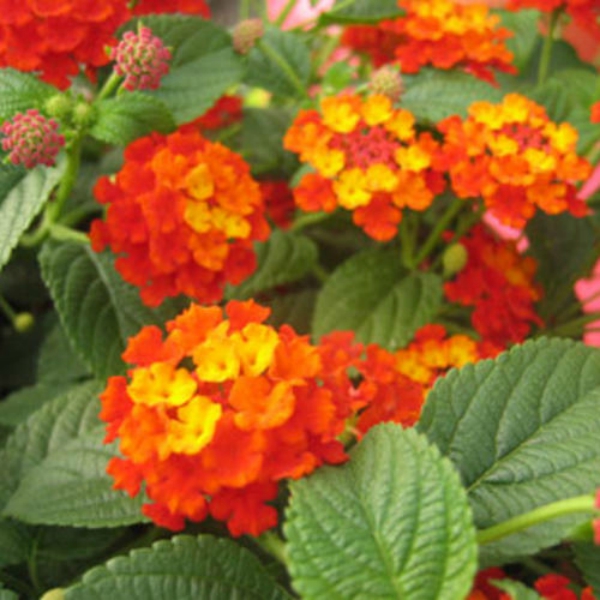
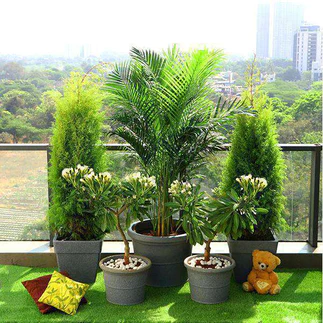
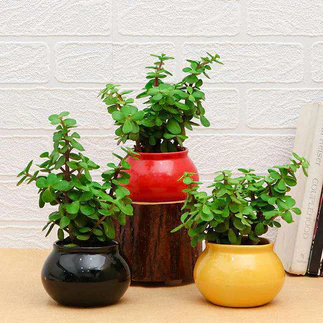
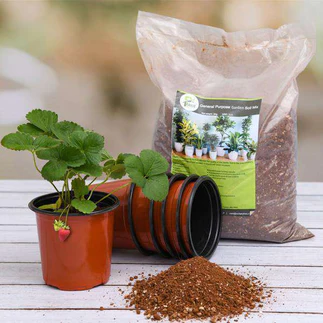
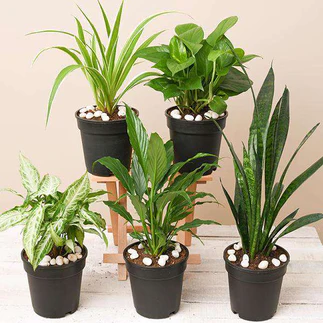
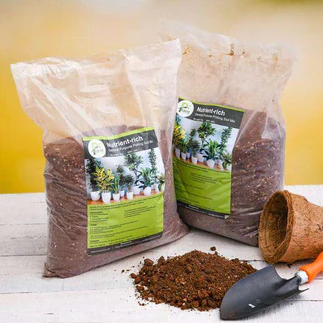

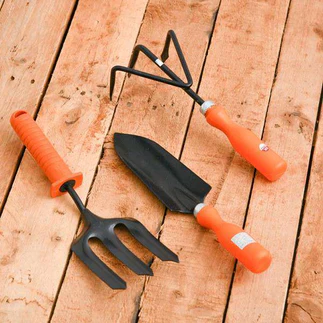
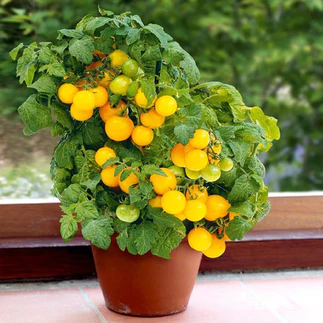
Reviews
There are no reviews yet.